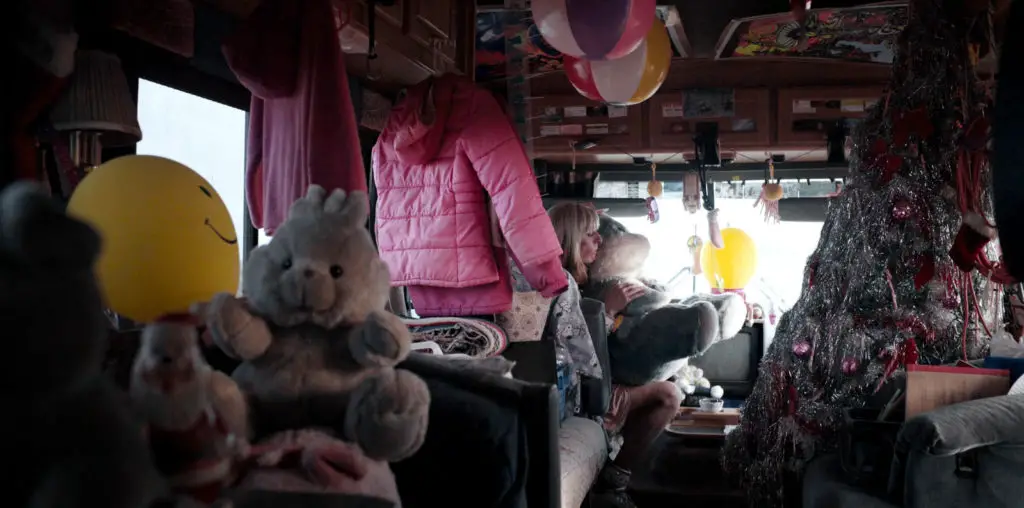
Samuel Fuller. Perhaps one of the strangest film icons, Fuller was a true maverick, a bizarre combination of a pulp fiction storyteller with art house sensibilities. A continuing inspiration on such film greats as Martin Scorsese and Quentin Tarantino, Fuller*s unique style made him a cult hit and one of the most celebrated directors of the fifties and sixties.
Fuller achieved commercial and critical success with several of his pictures including “The Steel Helmet” (An inspiration for a great deal of material Spielberg would later revisit in such films as “Raiders of the Lost Ark” and “Saving Private Ryan) and “Pickup on South Street” but always dreamed of telling a larger scale story regarding his experiences in World War II. Miraculously Warner Brothers saw potential in the idea and giving Fuller four million dollars (his largest budget by far) allowed him to tell the story of “The Big Red One”. However upon viewing the final product which clocked in at over four hours Warner Brothers shortened the film to a little over two and Fuller went to his grave wishing a longer version had been given a chance. Now in 2005 appears “The Big Red One: The Reconstruction” adding forty minutes of never before seen footage and the question remains, is the dream project of one of films underdog heroes a success?
If you are a Fuller fan then the answer is a resounding yes.
An episodic look at the war through the eyes of one rifle squadron led by a character only known as the Sergeant played by Lee Marvin and consisting of Zab (Rober Carradine, pre “Revenge of the Nerds”), Griff (Mark Hamill, post” Star Wars”, Pre “Jedi”) Vinci (Bobby Di Cicco) and Johnson (Kelly Ward) along with a series of grunts who often suffer unfortunate fates. This is a film about surviving war so there is no overall story arc, the war progresses and the soldiers abide. After a particularly harrowing battle where the squad is able to overcome a Nazi ambush Zab is asked about what happened and can barely remember the event. What was a suspenseful sequence to the audience is just another day on the front for the soldiers.
The piecemeal narrative may turn off some but is integral to the point Fuller is trying to make. War is filled with moments, big moments and small but nothing you find in a typical war movie showcasing heroism and building to a grand climax. There is day to day drama and just because you live through one battle does not mean you will live through the next. Essentially a series of short stories by Fuller the movie is packed with many strange yet wonderful moments: A stealth liberation of an insane asylum with the squad creeping through the halls past deranged patients, a young grunt doing his best to connect with the main characters and failing, Zab finding out his mother got a novel of his published, The Sergeant befriending a young boy from a concentration camp amongst many others. While some episodes play out stronger than the others this approach of lumping these events together gives the audience the feeling of serving with these men over a long period of time. The extra forty minutes actually aids the film by helping to expand several of the characters and add to the feel of serving with these men through the whole war.
A word must be said regarding the performances. Carradine nails the role of Fuller*s alter ego as does Hamill as Griff, both men show a range beyond the token roles they are known for. However despite the strong performances around him it is Lee Marvin who steals the show as The Sergeant. Following a career of memorable performances (Liberty Vallance, Cat Ballou, The proverbial killer in “The Killers”, Walker from “Point Blank” to name a few) this may be Marvin*s finest hour. Alternating between tough and tender Marvin has to go through hell several times during the film showcasing an emotional depth not required of him in previous action roles.
Whereas most of Fuller*s body of work could be described as B Pictures with a social conscious, “The Big Red One” looks like an A picture but still has the same rough Fuller moralism. Fuller has a very blunt message (survivors are survivors, not heroes or villains, no more and no less) but he tells it so well that the film soars. At 154 minutes and with the loose, free floating style the film is not for everyone, especially those who are unaware of Fuller*s other films but for fans and those willing to try a very different war film the reconstruction of “The Big Red One” is a true gem.
